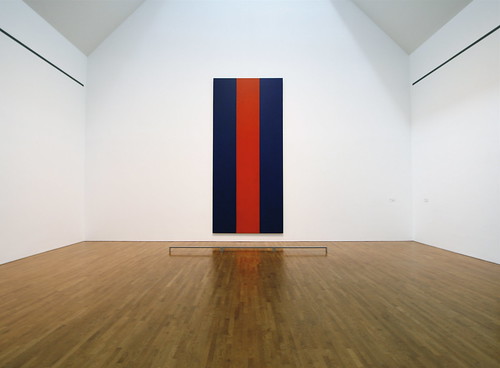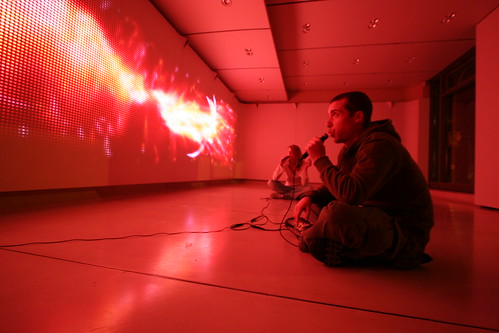
Way back in high school, I was on the path to become a scientist -- but then I discovered Marcel Duchamp. Doing some research on Encarta 2002 (which was brand new at the time!) on some topic I don't even remember, I came across his name. "Du-champ? Who's that?" So I clicked on the name. Behold! A urinal!
Well, I was hooked from the beginning. After reading a few paragraphs, an epiphany occurred: "I get this." It was intuitive. Indeed, why must art be pretty? There is simply no need for it. Why can't an artist declare a urinal a piece of art, if he says so? Over a few short months, I read everything I could about Dadaism. As I said, I was hooked.
Fast forward a few years, and I'm a science student at UW. For my birthday, my (ex-)boyfriend bought me a book: Differece/Indifference: Musings on Postmodernism, Marcel Duchamp and John Cage. By this point, I was getting pretty sick of science, and found myself constantly on the internet, reading about art and culture... but I had never actually picked up a book. It all changed with this! A collection of essays, interviews and diary entries, Roth muses on the connection between Duchamp and Cage, as well as their impact on her research. Roth's expertise is on feminist and performance art -- areas very much influenced by Duchamp.
Coming across the various artists in Fine 319, I'm often thinking about the influence of Duchamp and Cage. So much so that I think I need to pull this book out again. I enjoy Moira Roth's writing style: very little jargon, very personal, and just a great read. I haven't looked up any of her other works since; perhaps there are some recommendations out there?



